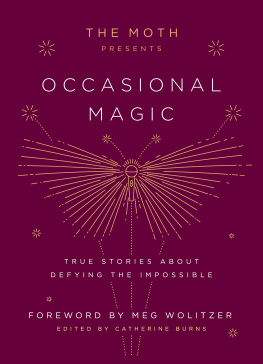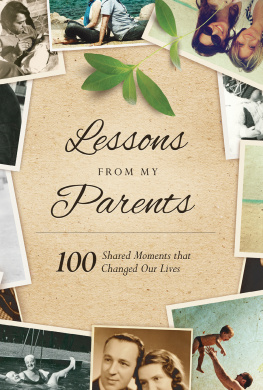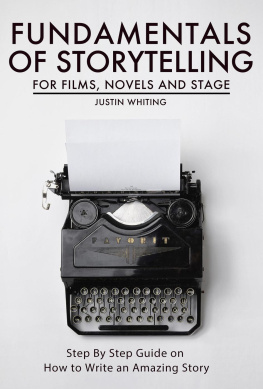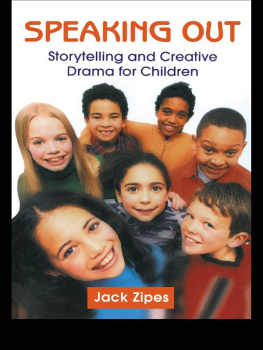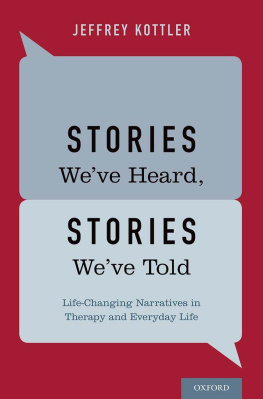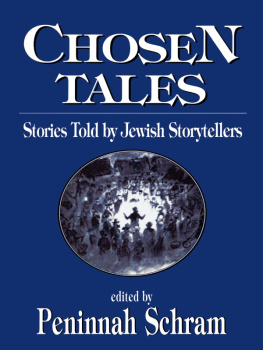Contents
Landmarks
Print Page List
ALSO BY THE MOTH
The Moth Presents All These Wonders
The Moth: 50 True Stories
Copyright 2019 by The Moth
All rights reserved.
Published in the United States by Crown Archetype, an imprint of the Crown Publishing Group, a division of Penguin Random House LLC, New York.
crownpublishing.com
Crown Archetype and colophon is a registered trademark of Penguin Random House LLC.
Foreword adapted from the essay Novelist Meg Wolitzer on 20 Years of The Moth originally published in Newsweek magazine on June 16, 2017; What I Wore to My Divorce from Approval Junkie by Faith Salie, copyright 2016 by Salient Productions, Inc. Reprinted by permission of Penguin Random House LLC; Have You Met Him Yet? from Thanks, Obama by David Litt, copyright 2017 by David Litt. Reprinted by courtesy of HarperCollins Publishers; Seven Shades of Blue, by Beth Nielson Chapman 1995, 1997 BNC Songs (ASCAP). All rights reserved; Thank You for Being a Friend, words and music by Andrew Gold, copyright 1978 Luckyu Music. All rights administered by BMG Rights Management (US) LLC. International copyright secured. All rights reserved. Reprinted by permission of Hal Leonard LLC; I Dreamed a Dream, from Les Miserables, music by Claude-Michel Schnberg; lyrics by Alain Boublil, Jean-Marc Natel and Herbert Kretzmer. Music and French lyrics copyright 1980 by Editions Musicales Alain Boublil. English lyrics copyright 1986 by Alain Boublil Music Ltd. (ASCAP). Mechanical and publication rights for the USA administered by Alain Boublil Music Ltd. (ASCAP) c/o Spielman Koenigsberg & Parker LLP; Richard Koenigsberg. International copyright secured. All rights reserved. This music is copyright. Photocopying is illegal. All performance rights restricted. Reprinted by permission of Hal Leonard LLC.
Library of Congress Cataloging-in-Publication Data is available.
ISBN9781101904428
Ebook ISBN9781101904435
Cover design by Jake Nicolella
v5.4
ep
TO THE STORIES THAT GIVE US PERSPECTIVE, CLARITY, AND HOPE
When I was first asked to be a storyteller at The Moth, a nonprofit that sends people out in front of audiences to tell their true stories, I was a little leery. The word storyteller made me uneasy; I pictured myself sitting somberly with a group of people in a circle, wearing a special storyteller cloak. But of course telling a story at The Moth is nothing like that.
It wasnt that I was afraid of standing up before an audience. Im a novelist, so reading aloud to a roomful of people (or even a handful of people and a loud bookstore cappuccino machine) is something I know how to do. But at The Moth you cant hold notes. While the artistic director had been working with me on my piece, helping me turn it from an anecdote into a fully realized story, I was still hung up on the remembering part.
The Moth, which has become something of an international phenomenon, puts on story nights and slams and has worked with countless people from a variety of backgrounds, helping them sift through their own histories and think about what has mattered to them. At a Moth evening, which is often a lively and raucous event, you might find a country-music icon, a dentist, an Iraqi interpreter, an Arctic explorer. You never know who or what will be in the mix.
I chose a story from my adolescence, which to me remains a startlingly vivid time. I tried hard to memorize all the parts of it, but in the days leading up to the big night, whenever I banished my husband from the living room and stood there with a timer, practicing, I found that I was leaving out entire chunks of story. I started to panic.
Then I realized that instead of focusing on memorizing, I should focus on memory. I simply remembered the experience of being at summer camp in the 1970s, feeling young and excited and open. And once I really felt it all over again, I found the words. They werent the exact same words as during my last rehearsal, but they werent supposed to be. A Moth story is like a living thing: it changes and moves.
Finally, onstage under a spotlight in front of an enormous audience, I was like a better-coiffed, much older version of that girl Id been at camp. I would say to anyone who is thinking of getting up onstage and telling a story: what you need to do, most of all, is feel like yourself. Once you do that, the words will come.
And also, as it turns out, the applause. I left the stage gratified, hot-faced, exorcised, thrilled, thinking, I would do this again. Hell, I would even do it wearing a special storyteller cloak.
Here, in this new collection, you will find forty-seven storytellers from all over the world. Some of them, Im sure, experienced the same mix of nerves and excitement that I did when I walked up to the microphone. How fortunate we are that they were willing to channel their memories into these strong and radiant stories, and how wonderful it is that we now have the chance to read them here.
Meg Wolitzer
The title of this collection, Occasional Magic, comes from a story told by Vietnam veteran Larry Kerr. Its about his intense love for a young woman named Omie, whom he describes as smart, meltingly lovely, and strong, with a fierce belief in the possibility of occasional magic.
Occasional magic refers to those moments of beauty, wonder, and clarity, often stumbled upon, where we suddenly see a piece of truth about our life. As Moth directors we spend our days helping people shape their stories. We help people identify the most important moments of their lives (as we sometimes put it, the moments when you became you) so the audience will understand why they mattered so much.
All the stories on the following pages were first told in front of live audiences. They showcase the great range of humanityfrom a fifteen-year-old kid saving a life in Chicago to a Russian facing down the KGBand cover all seven continents.
To select them we read transcriptions of hundreds of stories before narrowing it down to these forty-seven, which were chosen for their ability to convey emotion, humor, and vulnerability in print. They were then edited with an emphasis on preserving the live voices as much as possibleso youll find tense changes, sentence fragments, and even the occasional grammatical mistake.
The authenticity of those voices is what can make a show in a three-thousand-seat theater feel like being in someones living room. The feeling that the person onstage isnt presenting a story, but sharing

